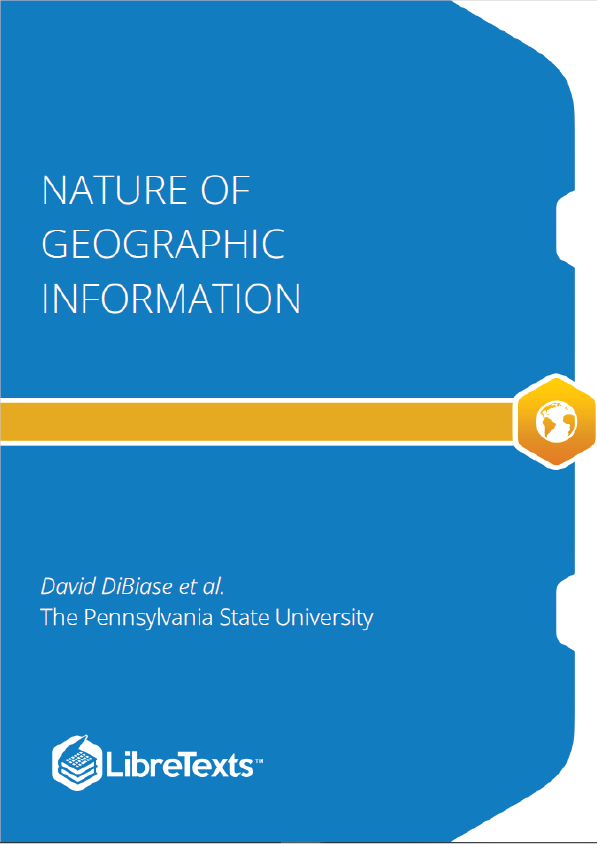When I started writing this text in 1997, my office was across the street (and, fortunately, upwind) from Penn State’s power plant. The energy used to heat and cool my office is still produced there by burning coal mined from nearby ridges. Combustion transforms the potential energy stored in the coal into electricity, which solves the problem of an office that would otherwise be too cold or too warm. Unfortunately, the solution itself causes another problem, namely emissions of carbon dioxide and other more noxious substances into the atmosphere. Cleaner means of generating electricity exist, of course, but they too involve transforming energy from one form to another. And cleaner methods cost more than most of us are willing or able to pay.
It seems to me that a coal-fired power plant is a pretty good analogy for a geographic information system. For that matter, GIS is comparable to any factory or machine that transforms a raw material into something more valuable. Data is grist for the GIS mill. GIS is like the machinery that transforms the data into the commodity–information–that is needed to solve problems or create opportunities. And the problems that the manufacturing process itself creates include uncertainties resulting from imperfections in the data, intentional or unintentional misuse of the machinery, and ethical issues related to what the information is used for, and who has access to it.
This text explores the nature of geographic information. To study the nature of something is to investigate its essential characteristics and qualities. To understand the nature of the energy produced in a coal-fired power plant, one should study the properties, morphology, and geographic distribution of coal. By the same reasoning I believe that a good approach to understanding the information produced by GIS is to investigate the properties of geographic data and the technologies and institutions that produce it.
Objectives
The goal of Chapter 1 is to situate GIS in a larger enterprise known as Geographic Information Science and Technology (GIS&T), and in what the U.S. Department of Labor calls the “geospatial industry.” In particular, students who successfully complete Chapter 1 should be able to:
- Define a geographic information system;
- Recognize and name basic database operations from verbal descriptions;
- Recognize and name basic approaches to geographic representation from verbal descriptions;
- Identify and explain at least three distinguishing properties of geographic data; and
- Outline the kinds of questions that GIS can help answer.











